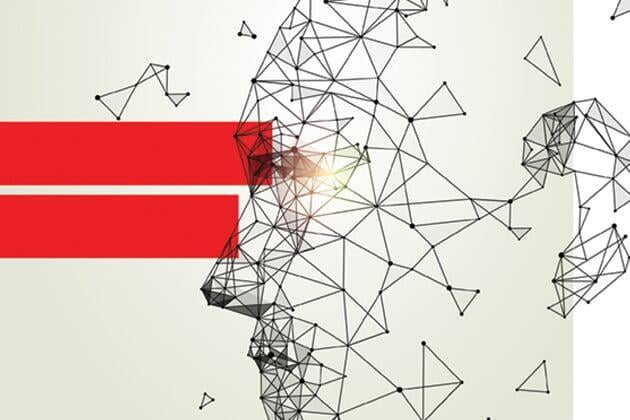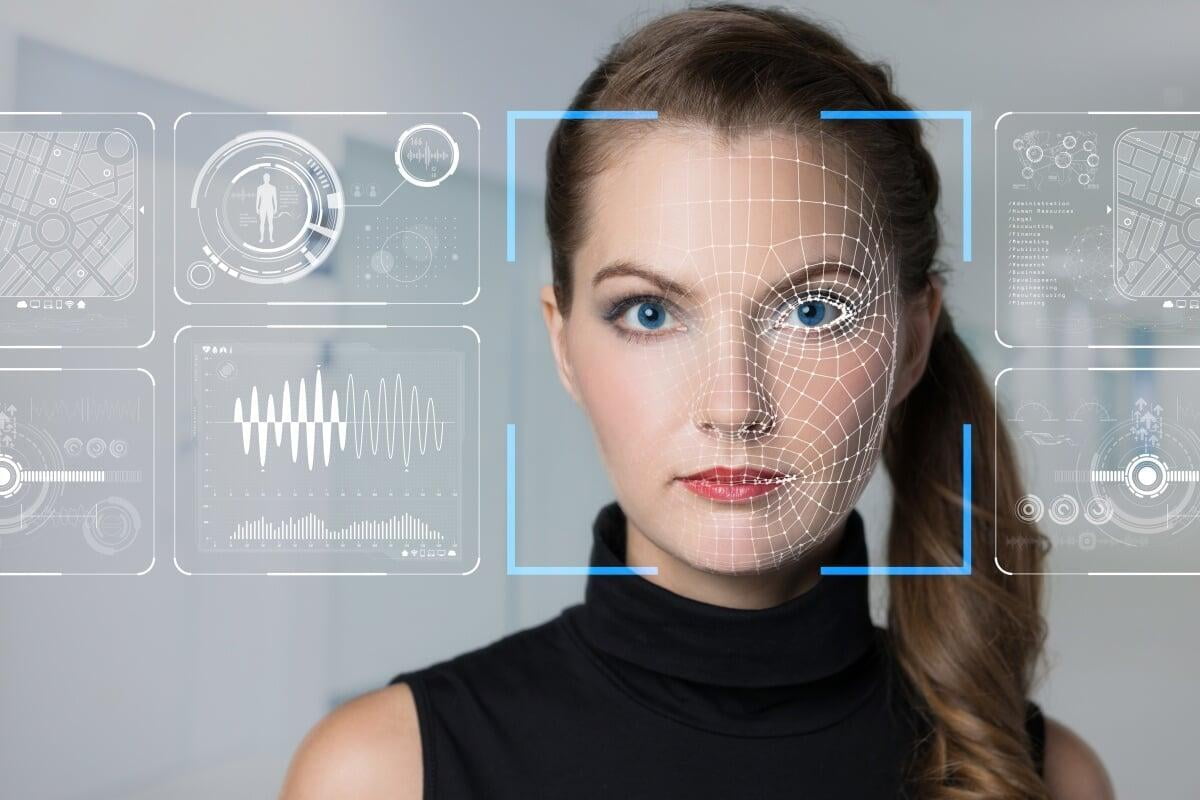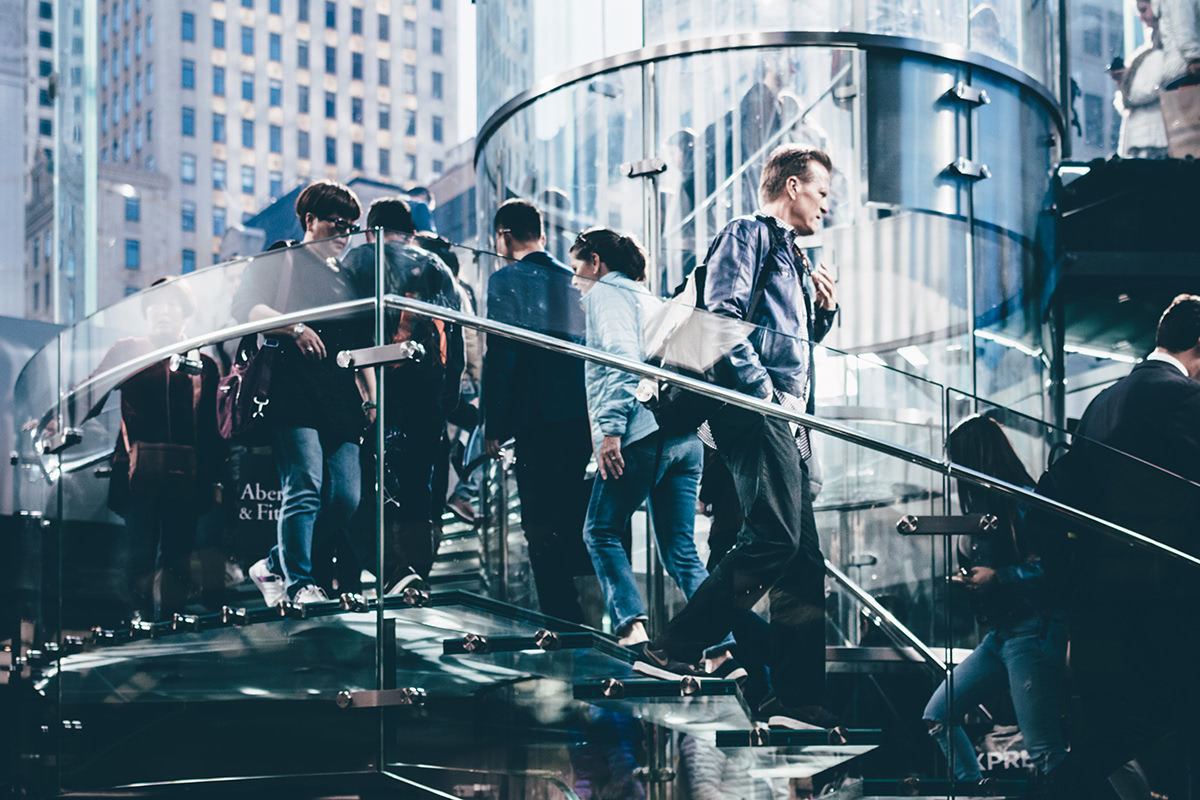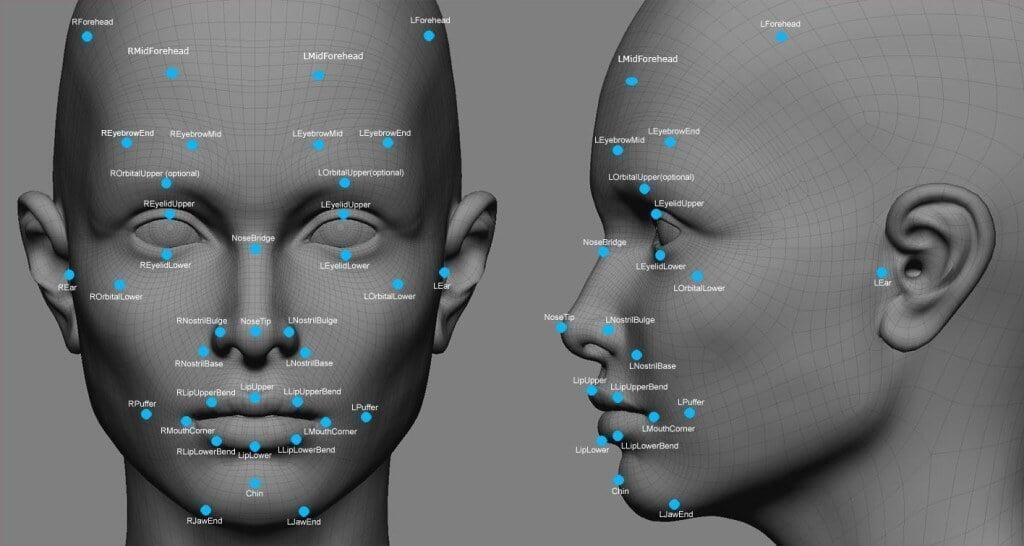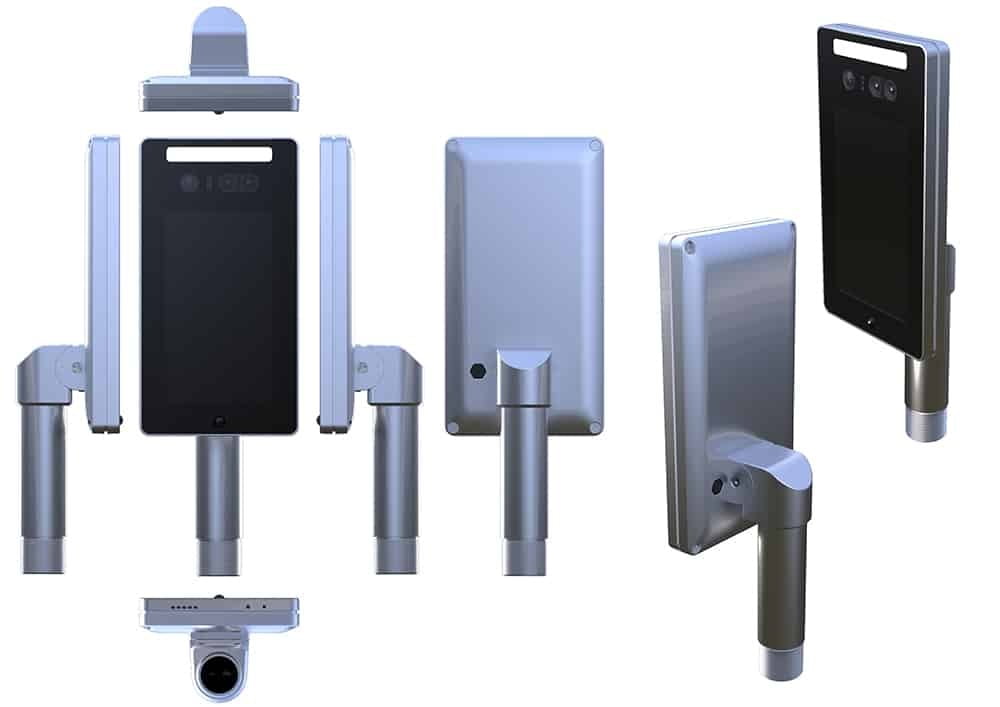How does Facial Recognition work?
Facial recognition is a way of recognizing a human face through technology. A facial recognition system uses biometrics to map facial features from a photograph or video. It compares the information with a database of known faces to find a match. Facial recognition can help verify personal identity, but it also raises privacy issues.
The facial recognition market is expected to grow to $7.7 billion in 2022 from $4 billion in 2017. That’s because facial recognition has all kinds of commercial applications. It can be used for everything from surveillance to marketing.
But that’s where it gets complicated. If privacy is important to you, you probably want some control over how your personal information — your data — is used. And here’s the thing: your “faceprint” is data, so we make sure the control over software is done locally here in Australia. Customer controls the data.
How facial recognition works....
You might be good at recognizing faces. You probably find it a cinch to identify the face of a family member, friend, or acquaintance. You’re familiar with their facial features — their eyes, nose, mouth — and how they come together.
That’s how a facial recognition system works, but on a grand, algorithmic scale. Where you see a face, recognition technology sees data. That data can be stored and accessed. For instance, half of all American adults have their images stored in one or more facial-recognition databases that law enforcement agencies can search.
So how does facial recognition work? Technologies vary, but here are the basic steps:
Step 1. A picture of your face is captured from a photo or video. Your face might appear alone or in a crowd. Your image may show you looking straight ahead or nearly in profile.
Step 2. Facial recognition software reads the geometry of your face. Key factors include the distance between your eyes and the distance from forehead to chin. The software identifies facial landmarks — one system identifies 68 of them — that are key to distinguishing your face. The result: your facial signature.
Step 3. Your facial signature — a mathematical formula — is compared to a database of known faces. And consider this: at least 117 million Americans have images of their faces in one or more police databases. According to a May 2018 report, the FBI has had access to 412 million facial images for searches.
Step 4. A determination is made. Your faceprint may match that of an image in a facial recognition system database.
Who uses facial recognition?
A lot of people and organizations use facial recognition — and in a lot of different places. Here’s a sampling:
- U.S. government at airports. Facial recognition systems can monitor people coming and going in airports. The Department of Homeland Security has used the technology to identify people who have overstayed their visas or may be under criminal investigation. Customs officials at Washington Dulles International Airport made their first arrest using facial recognition in August 2018, catching an impostor trying to enter the country.
- Mobile phone makers in products. Apple first used facial recognition to unlock its iPhone X, and continues with the iPhone XS. Face ID authenticates — it makes sure you’re you when you access your phone. Apple says the chance of a random face unlocking your phone is about one in 1 million.
- Colleges in the classroom. Facial recognition software can, in essence, take roll. If you decide to cut class, your professor could know. Don’t even think of sending your brainy roommate to take your test.
- Social media companies on websites. Facebook uses an algorithm to spot faces when you upload a photo to its platform. The social media company asks if you want to tag people in your photos. If you say yes, it creates a link to their profiles. Facebook can recognize faces with 98 percent accuracy.
- Businesses at entrances and restricted areas. Some companies have traded in security badges for facial recognition systems. Beyond security, it could be one way to get some face time with the boss.
- Religious groups at places of worship. Churches have used facial recognition to scan their congregations to see who’s present. It’s a good way to track regulars and not-so-regulars, as well as to help tailor donation requests.
- Retailers in stores. Retailers can combine surveillance cameras and facial recognition to scan the faces of shoppers. One goal: identifying suspicious characters and potential shoplifters.
- Airlines at departure gates. You might be accustomed to having an agent scan your boarding pass at the gate to board your flight. At least one airline scans your face.
- Marketers and advertisers in campaigns. Marketers often consider things like gender, age, and ethnicity when targeting groups for a product or idea. Facial recognition can be used to define those audiences even at something like a concert.
Technology
A facial recognition system is a technology capable of identifying or verifying a person from a digital image or a video frame from a video source
Statistic
There are multiple methods in which facial recognition systems work, they work by comparing selected facial features from given image with faces within a database.
Powerful Tools
While initially a form of computer application, it has seen wider uses in recent times on mobile platforms and in other forms of technology
Interactive
Facial recognition is a category of biometric software that maps an individual's facial features mathematically and stores the data as a faceprint.
Firmware
The software uses deep learning algorithms to compare a live capture or digital image to the stored faceprint in order to verify an individual's identity.


